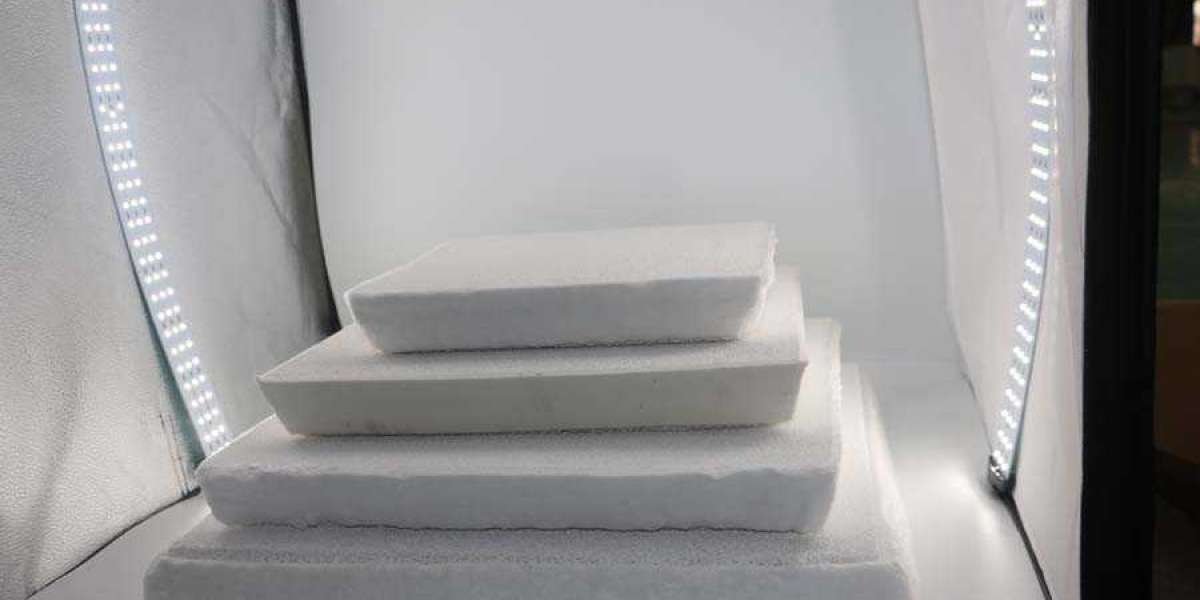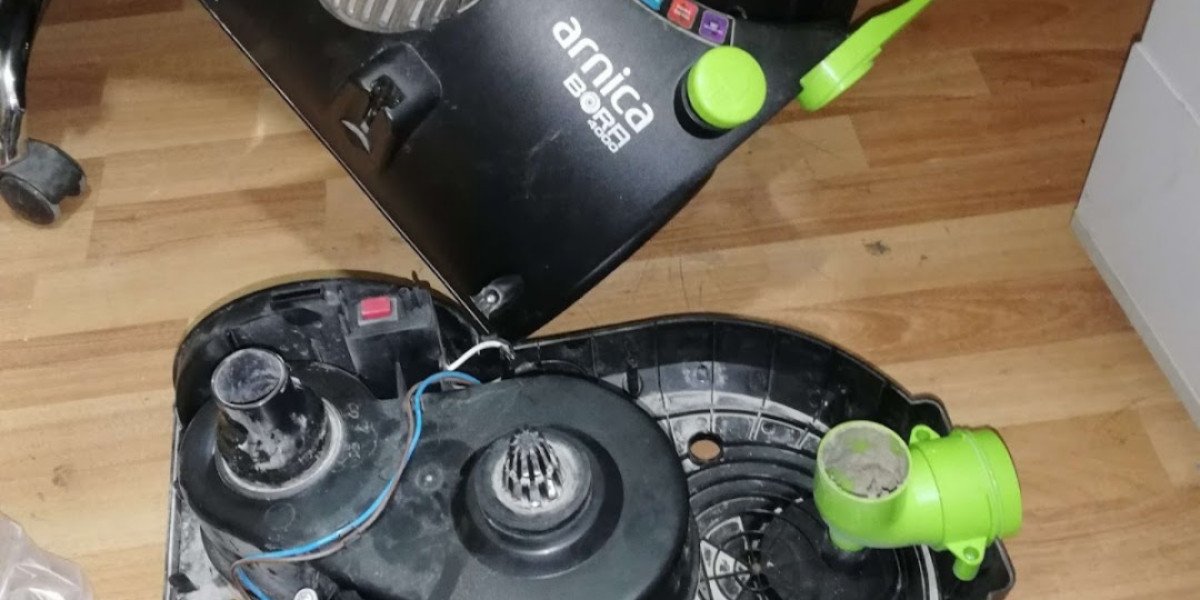At Repti-Zoo, we recognize the popularity of Corn snake habitat & tank & cage as beloved reptile companions. Providing the right habitat, tank, and cage essentials is crucial for their well-being and happiness. In this comprehensive guide, we'll delve into the must-haves for creating an optimal environment for corn snakes, ensuring they thrive in captivity.
Understanding Corn Snake Behavior
1. Nocturnal Nature
Corn snakes are nocturnal creatures, meaning they are most active during the night. Designing an enclosure that accommodates their natural activity patterns is essential for their overall comfort.
2. Burrowing Instincts
Corn snakes exhibit a strong burrowing instinct. Providing substrate and hides that allow them to engage in this behavior contributes to their sense of security and reduces stress.
Habitat Essentials
1. Enclosure Size
Select an appropriately sized enclosure for your corn snake. A 20-gallon tank is suitable for juveniles, while adults thrive in a 40-gallon tank or larger. Ensure the enclosure has a secure lid to prevent escapes.
2. Substrate Selection
Choose a substrate that supports burrowing and retains moisture. Aspen bedding, cypress mulch, or coconut coir are excellent choices. Maintain a substrate depth that allows the snake to engage in natural burrowing behaviors.
3. Hides and Shelters
Provide multiple hides within the enclosure. Half-logs, hide boxes, or commercially available snake hides create safe spaces where your corn snake can retreat and feel secure.
4. Climbing Structures
While corn snakes are primarily ground-dwellers, they may enjoy climbing. Introduce branches, driftwood, or low-profile platforms to enrich their environment and provide opportunities for exploration.
Tank Essentials
1. Temperature Gradient
Create a temperature gradient within the tank. Use under-tank heating pads or heat tape to establish a warm side with temperatures between 85-90°F and a cooler side around 70-75°F. This allows your corn snake to regulate its body temperature.
2. Lighting
Corn snakes do not require specific UVB lighting. However, providing a natural day-night cycle with ambient room lighting helps regulate their circadian rhythm. Ensure there is a consistent day-night cycle to mimic their natural habitat.
3. Secure Lid
Corn snakes are known escape artists. Use a secure lid with locks or clips to prevent them from pushing the lid open. This ensures their safety and your peace of mind.
Cage Essentials
1. Feeding Routine
Establish a consistent feeding routine with appropriately sized prey items. Corn snakes are generally excellent eaters, and a routine helps them feel secure and comfortable in their environment.
2. Hydration
While corn snakes obtain moisture from their prey, provide a shallow water dish for drinking and soaking. Ensure the water is clean and accessible at all times.
Maintenance and Cleaning
1. Spot Cleaning
Perform daily spot cleaning by removing waste, shed skin, and uneaten food. This prevents the buildup of bacteria and maintains a clean and hygienic environment.
2. Deep Cleaning
Schedule regular deep cleanings to sanitize the entire enclosure. Replace the substrate, clean all surfaces, and disinfect hides to ensure a healthy living space for your corn snake.
Conclusion
In conclusion, creating a comfortable and enriching habitat for your corn snake involves understanding their natural behaviors and providing the essential elements for their well-being. By incorporating these habitat, tank, and cage essentials, you contribute








